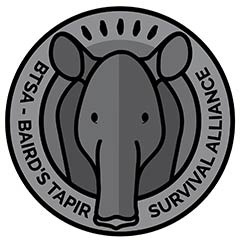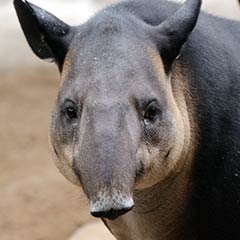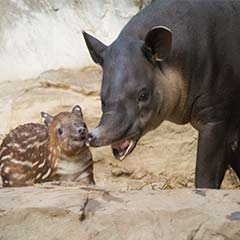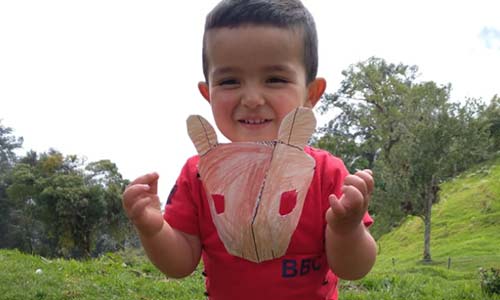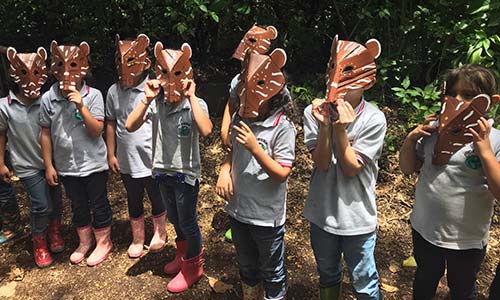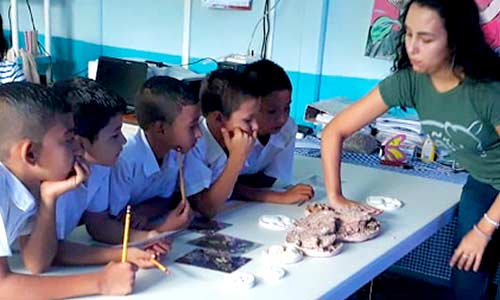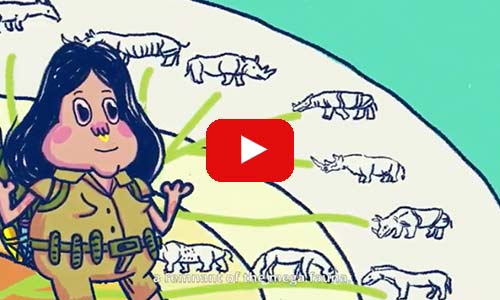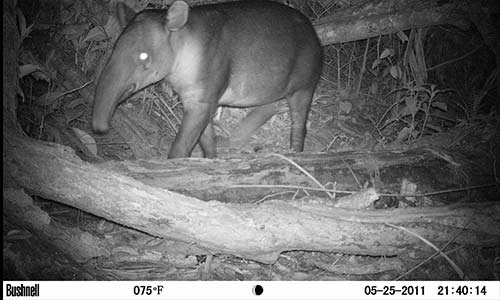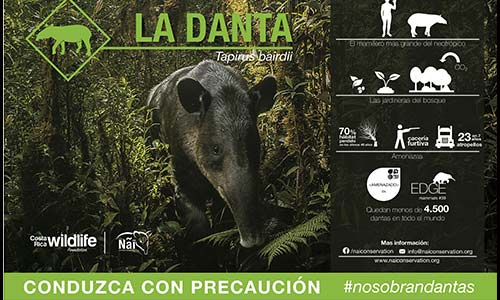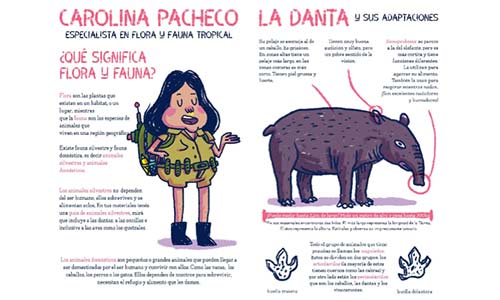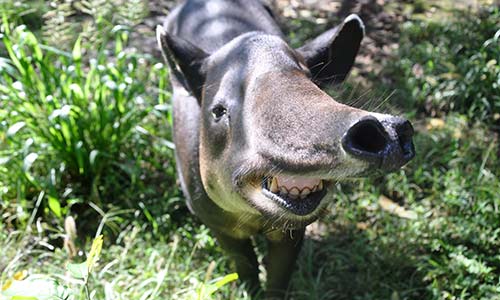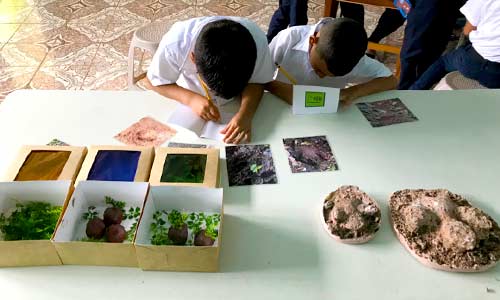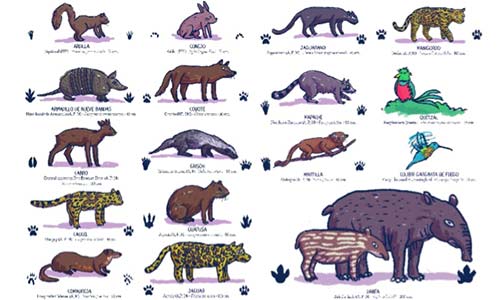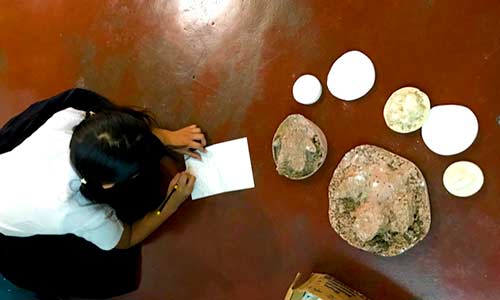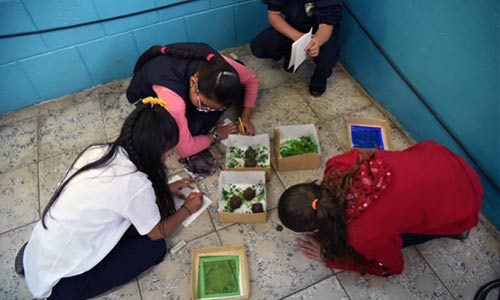The Baird’s tapir is classified as globally endangered by the IUCN. Experts estimate that the current population could have as few as 4,500 adults. Deforestation—farming, logging, cattle ranching and road expansion—has a major impact on tapir population decline. Conflicts between local communities and wild tapirs have led to retaliatory kills in an effort to protect crops. Tapirs are also poached for bushmeat and trafficking. Without a coordinated effort to ensure the survival of this species, the Baird’s tapir may become critically endangered within the next decade.
Engaging the local community, creating awareness and building a support network is essential to the tapir’s survival. To that end, Zoo New England has partnered with the Baird’s Tapir Survival Alliance (BTSA) to protect this endangered species. BTSA’s mission is to ensure the survival of Baird’s tapirs through direct, multi-disciplinary and inclusive actions that help empower others to take action.
Zoo New England is working with BTSA to develop education programs that allow children to create solutions to human-tapir conflicts and empower them to become tapir conservation heroes. Programs address the underlying tensions that cause human-tapir conflict in communities that coexist with tapirs and stress the importance of tapir conservation throughout the country.
Implemented in schools across Costa Rica (with the goal of expanding to other Central American countries in the future), the program will challenge students to develop their own solutions for tapir conservation based on their life experiences and cultures. Our team will visit classrooms to help define problems and design solutions. In conjunction with BTSA's efforts using research-based evidence to problem solve, this approach empowers students themselves to provide personal experiences and knowledge to help create sustainable programs that address local threats. Schools are then equipped with personalized materials and education kits for putting plans into action.
About the Baird’s Tapir
The Baird’s tapir is the largest terrestrial mammal in Central and South America and also one of the most ecologically important species across the forested landscapes it inhabits. Known as “farmers of the forest,” Baird’s tapirs play a vital role in ecosystem biodiversity throughout Central America. They act as seed dispersers while browsing for leaves, fruits and twigs throughout their forested habitat. This promotes crucial forest regeneration and helps mitigate climate change.

